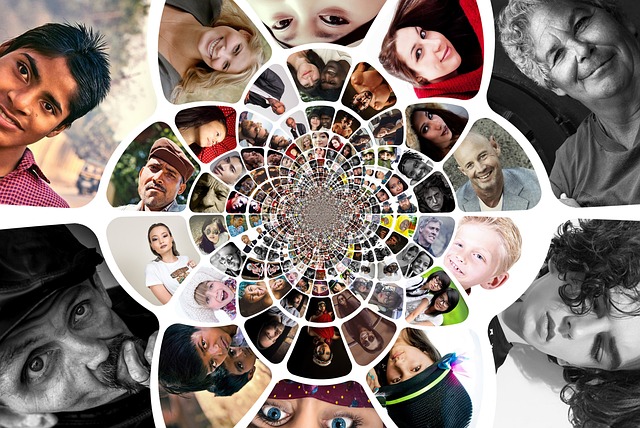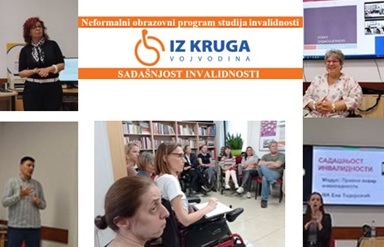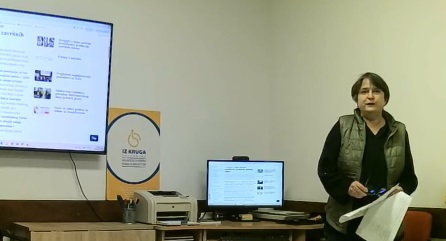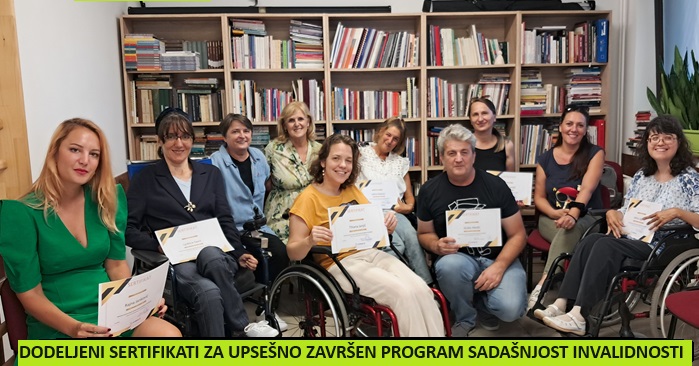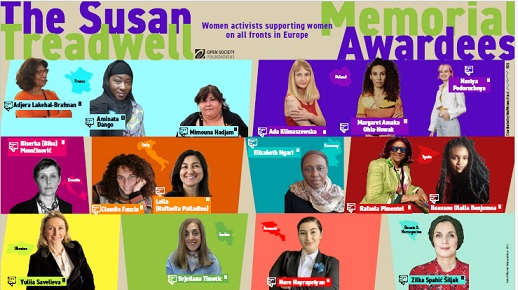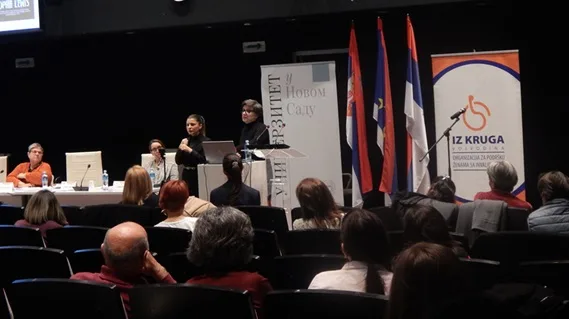Like members of other marginalized groups (e.g. women, ethnic minorities) people with disabilities are commonly assigned attributes that obscure their individuality, their power, and the strength of their communities. And like other minoritized groups, people with disabilities do not have an interest in upholding these misrepresentations about their identity. If identity is “the set of descriptors, characteristics and constants that one sees as belonging to him/herself, and that render one recognizable and unique to others” as French, Gibson & Depoy defined at the turn of the century, then it is the people with disabilities that should name the attributes that best describe their individual and group identities.
However, an understanding of a personal experience of disability is not acquired by asking persons with disabilities how disability is defined in their respective racial/gender/ethnic communities, but by first and foremost recognizing that disabled people are a part of disability culture (which we may ask them to describe to us). As a cultural group, disabled people interpret their history, examine their life experience in their own language, and create their own representations of their identity for their own and for other cultural groups.
Disability culture is not a compilation of all possible variations of the body, nor is it a collection of all imaginable views on disability, but a distinctive biosocial arrangement of diverse human beings all of whom have a stake in constructing the meaning of disability that fits most of the members of the group and can be used to protect the interests of the entire group. Furthermore, as disability imminently is relevant to all people, disability culture embraces the notion of intersectionality as a practical and political expression of the idea that it is the difference that guides our collective and individual life experience. Thus, when we speak of disability culture and disability identity, we always evoke the experience and the notion of intersectionality. Finally, disability culture is a politically useful notion and a medium for increasing social justice towards persons with disabilities.
One of the pioneers in defining and promoting disability culture in the United States has been the historian and disability studies scholar Steven E. Brown. He wrote one of the first definitions of disability culture in the mid-1990s and was the cofounder of the Institute on Disability Culture later that decade. In his memoir Movie Stars and Sensuous Scars: Essays on the Journey from Disability Shame to Disability Pride (2003), Brown described the culture of disability as follows:
“People with disabilities have forged a group identity. We share a common history of oppression and a common bond of resilience. We generate art, music, literature, and other expressions of our lives and our culture, infused from our experience of disability. Most importantly, we are proud of ourselves as people with disabilities. We claim our disabilities with pride as part of our identity. . . . We are who we are: we are people with disabilities.”
As the disability culture movement grew, Brown urged disability scholars and activists to consider definitions of disability culture across the world. He published papers about the many definitions of disability culture and created a repository of the diverse descriptions of disability culture. In one of the first widely circulated papers that attempted to construct a working definition of disability culture, What is Disability Culture?, Brown compiled perspectives from a variety of sources including, arts, personal experiences, parenting, scholarship on disability, all of which recognized disability as a positive experience. He concluded the paper with these words:
“It is not our job to fit into mainstream society. Rather it is our destiny to demonstrate to mainstream society that it is to their benefit to figure out that we come attached to our wheelchairs, our ventilators, our canes, our hearing aids, etc. and to receive the benefit of our knowledge and experience mainstream society needs to figure not how we fit in, but how we can be of benefit exactly the way we are. That is disability culture, at least from one person’s perspective. What do you think?”
We should take time to answer that question. It invites us to curb our desire to fix, correct, or erase disability and to replace these harmful impulses with positive attitudes about disability and to paint images of disability as beautiful. Whether we experience disability on a personal level as human beings who live with disabilities and caretakers of persons who live with disabilities, or we recognize disability as a form of human diversity from the perspectives of a professional, a citizen, or a policy maker, we each should recognize disability as a culture through which disabled people interact with the world. More broadly, disability culture movement encourages us to embrace disabled people as a cultural group.
